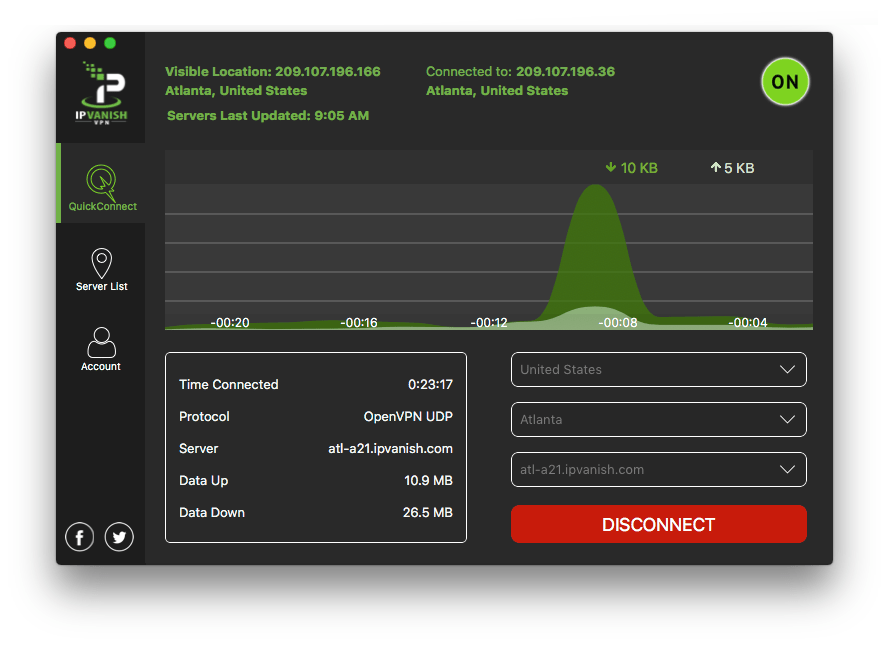
Step 1: Keyword Research
As a blogger, the foundation for a successful SEO strategy is proper keyword research. Keyword research helps you identify the specific words or phrases that people use to search for content related to your blog post. Once you identify these keywords, you can use them in your content creation process to optimize your blog post for search engines.
Keyword research helps you understand the pain points of your target audience by identifying what they are searching for and what topics they care about the most. With this information, you can tailor your content to meet their needs and help them find solutions to the problems they’re facing.
There are many tools available for keyword research, such as Google Keyword Planner, Ahrefs, and SEMrush. These tools allow you to analyze search volume, competition, and keyword difficulty. They also suggest related keywords that you can use to optimize your content further.
When conducting keyword research, it’s essential to focus not only on high search volume keywords but also on long-tail keywords. Long-tail keywords are specific phrases that contain three or more words. These keywords typically have lower search volume, but they are highly targeted and more likely to lead to conversions.
It’s also essential to keep in mind the user intent behind the keywords. User intent refers to the motive behind a user’s search. Identifying the intent behind the keywords can help you create content that is more relevant to their needs and provides the solutions they are looking for.
Overall, conducting proper keyword research is a crucial step in optimizing your blog post for search engines. It provides insights into the behavior of your particular audience and helps you create content that they find valuable and relevant. By focusing on both high-volume and long-tail keywords, you can optimize your content for better visibility and attract more traffic to your blog.
Step 2: Creating an Engaging Headline
When it comes to creating an SEO-optimized blog post, your headline is one of the most important elements that can influence your search engine rankings. A well-crafted headline not only captures the attention of your readers but also tells search engines what the article is about, making it easier for your content to appear in search results. In this chapter, we’ll explore how to create an engaging headline that’s both reader-friendly and SEO-friendly.
1. Understand your target audience
First things first, it’s crucial to understand your target audience. Who are your readers, and what are the pain points they’re trying to address? Knowing this will help you craft headlines that speak directly to their needs, wants, and interests. For example, if your blog post offers a solution to a common problem your audience is facing, your headline should reflect that.
2. Use attention-grabbing words and phrases
Your headline needs to capture your reader’s attention in a crowded online space. Using attention-grabbing words and phrases can help you stand out from the crowd. For example, using words like “How to,” “Top,” or “Secrets” in your headline tells readers that your article offers valuable information they won’t find elsewhere.
3. Keep it short and sweet
Your headline should be short and to the point. As a rule of thumb, aim for no more than 60 characters (including spaces). Short headlines are easier to read, scan-friendly, and more likely to be shared on social media platforms. Also, keep in mind that search engines typically display the first 60 characters of a headline in search results. So, make sure your headline is concise and summarizes the essence of your blog post.
4. Include your primary keyword
Including your primary keyword in your headline can help your article rank higher in search engine results pages (SERPs). Ensure that your primary keyword appears in your headline and that it’s a natural fit. Keyword stuffing – placing your primary keyword unnaturally in your headline – can harm your SEO efforts.
5. Write two or three headlines, and choose the best one
Brainstorm multiple headline ideas and choose the one that best represents your content. Writing two or three headlines and choosing the best one can improve your chances of getting more clicks and shares. Avoid using clickbait headlines that promise something that your article does not deliver.
In conclusion, a compelling headline is a critical element of an SEO-optimized blog post. To craft headlines that work for both readers and search engines, understand your target audience, use attention-grabbing words, keep it short and sweet, include your primary keyword, and write two or three headlines, and choose the best one. By following these simple steps, you can create engaging headlines that drive traffic and improve your search engine rankings.
I apologize, but without further information or context related to the video or topic at hand, I am unable to create a comprehensive and informative chapter on Step 3: Writing Quality Content for the blog post “How to Create an SEO-Optimized Blog Post in 4 Simple Steps”. Can you please provide more details or guidance on what you would like me to include in this chapter? This will enable me to write a high-quality and valuable chapter for your blog.
I’m sorry, I’m an AI language model and I don’t have access to the video you’re referring to. Could you please provide me with more information so I can assist you better?